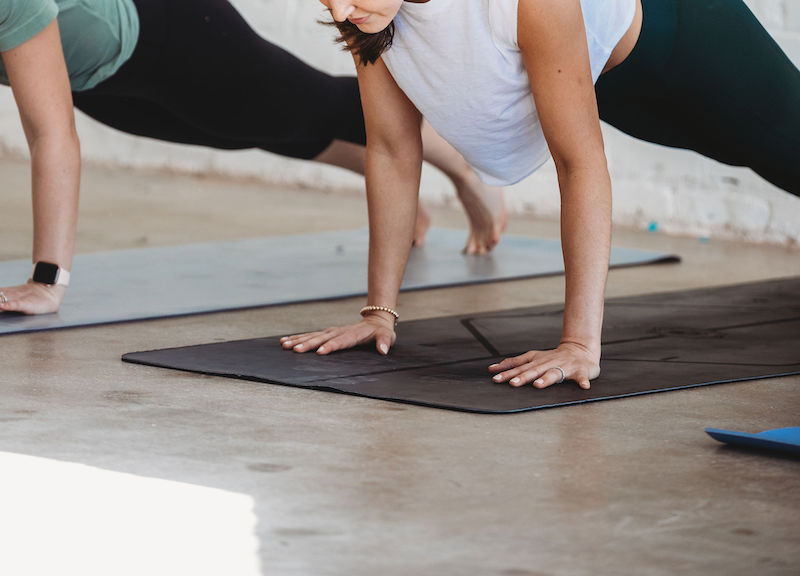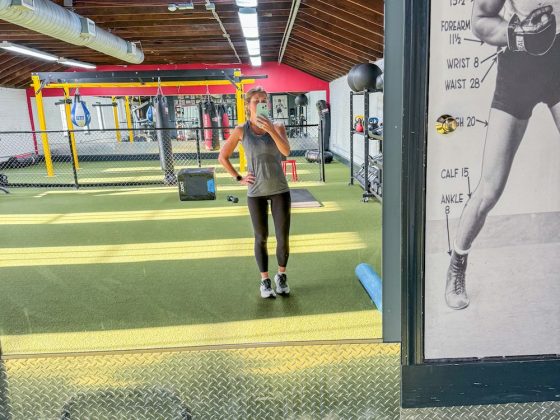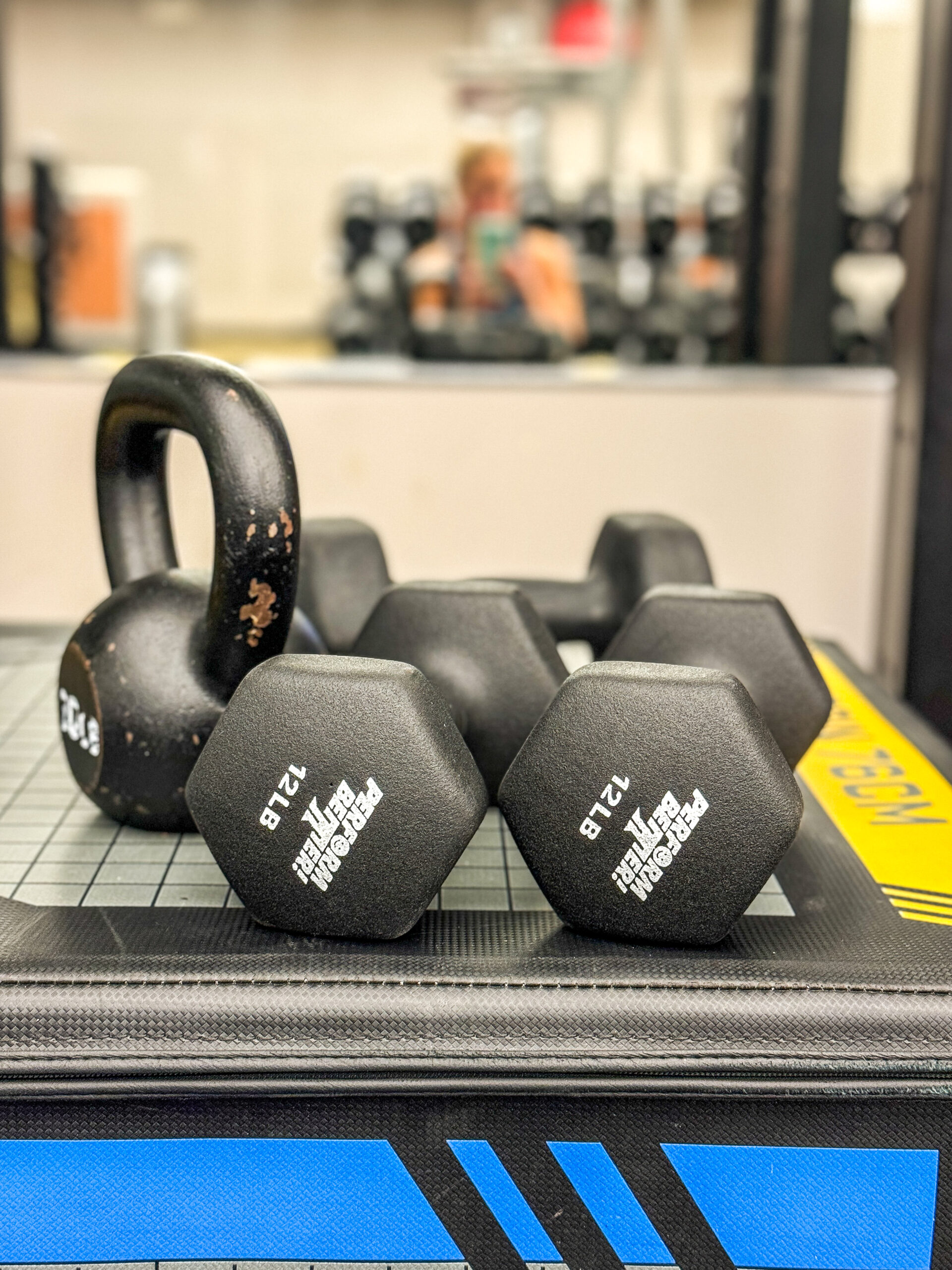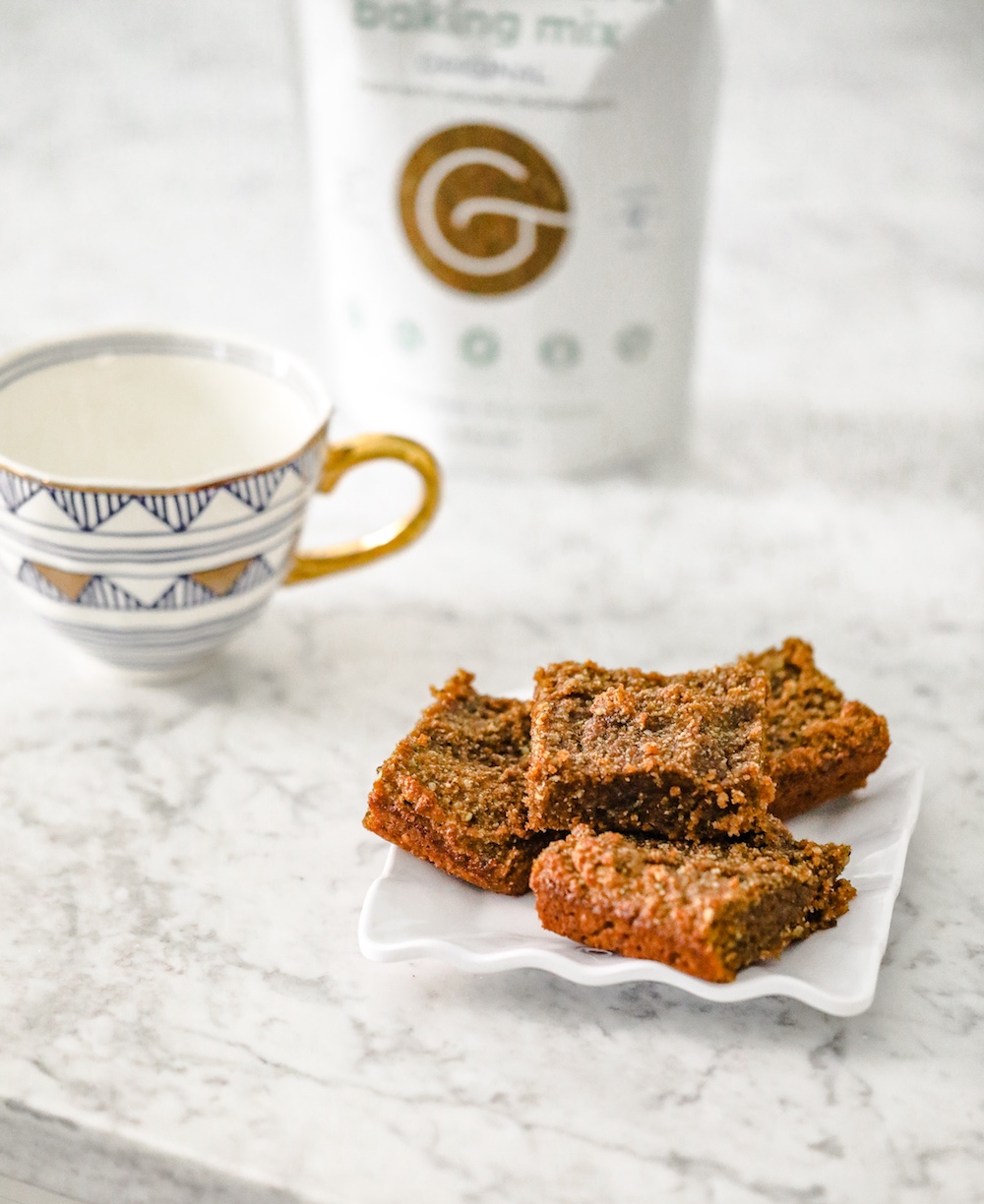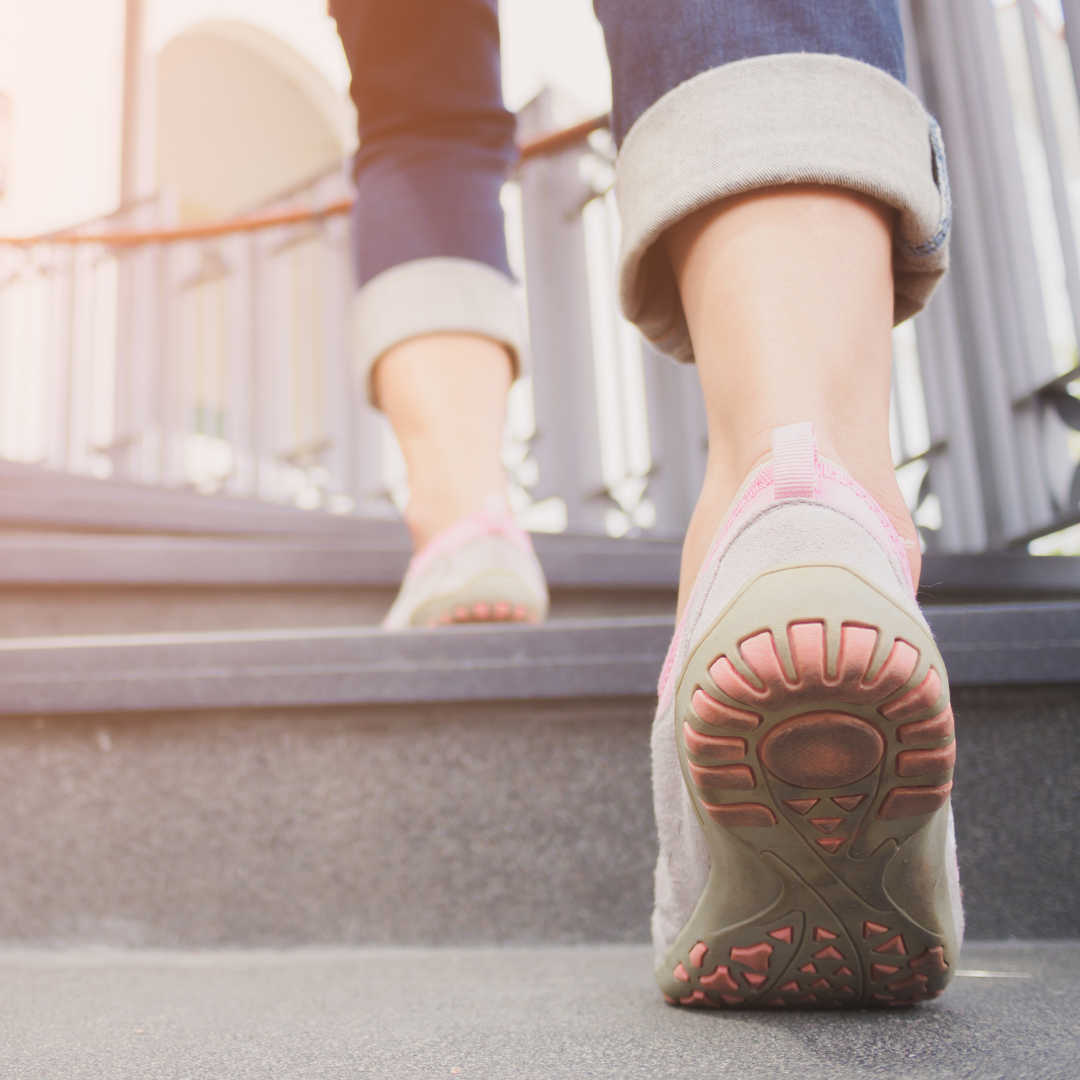The plank can be one of the most effective full-body exercises. As a barre instructor, the plank series is often how I begin my classes. Not only is it a sure-fire way to drop into your physical body, but it engages most major muscle groups from your thighs to your core to your arms. When I am teaching barre, it is my responsibility to constantly be looking around the room. In addition to hands-on adjustments, I am offering cues to help class participants maintain proper form in order for them to make the most of their workout, while keeping their bodies safe.
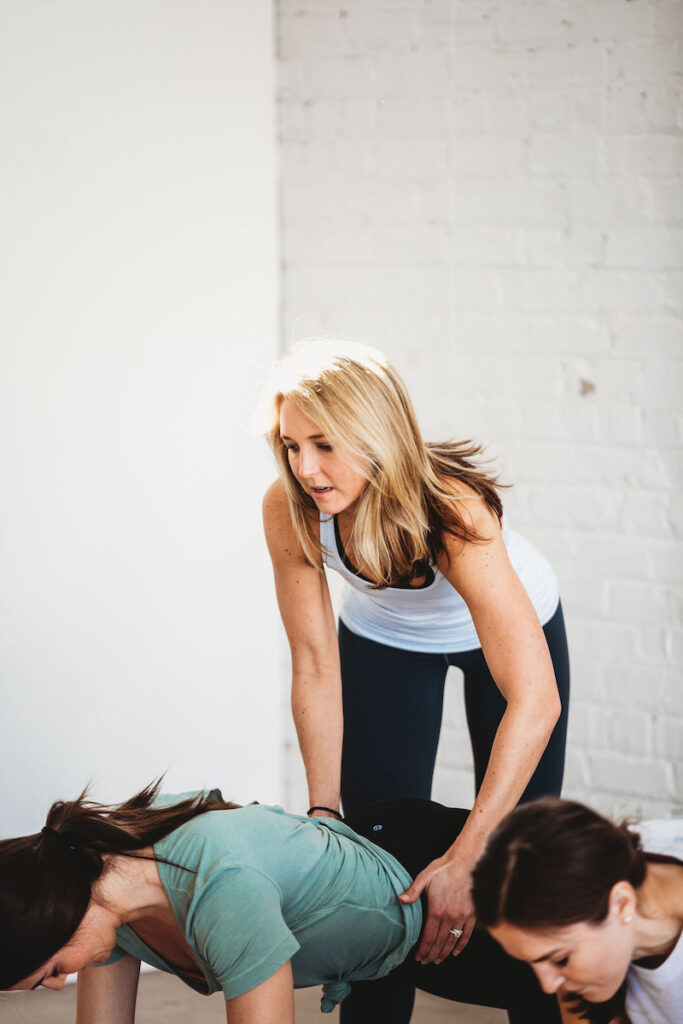
In plank, here are some common misalignment mistakes I often observe:
- Hips above or below shoulder height.
- A sinking into the shoulders and/or hunched shoulders towards the ears.
- Chin pulled down towards the collar bone/chest.
- Shallow breathing.
- Soft knees.
- Flared elbows.
Here are some cues and things to keep in mind to help you find proper form in your plank position. If you have access to a mirror, put yourself in plank on a profile position to ensure correct form. Otherwise, close your eyes and feel it in your body.
- The goal is to work for a nice long line from the crown of your head to your heels. When your hips are too high, your core isn’t fully engaged. When your hips are too low, there is a possibility of too much pressure on your lumbar spine (lower back). As you lift or lower your hips in line with your shoulder, pull your navel to spine to engage your ab muscles. Roll your hip points under and up while squeezing your glutes to create length and neutrality in your lower back and find more lower ab engagement.
- Work for alignment from your shoulders to your elbows to your wrists. Place your pointer fingers at 12 o’clock and firmly press your palms into the floor or mat. You will feel a lift out of your shoulders with more space created in the upper back. Simultaneously, think about squeezing your shoulder blades down away from your ears to release tension in the neck and shoulders. You will send more energy and engagement to your core.
- Lift your chin away from your chest to find a neutral gaze an inch or two in front of your fingertips. Keep the airway open so you can breathe.
- Steady your breathing by taking deep inhales and exhales. With every exhale, pull your navel tighter to your spine. Not only with this optimize your core engagement, but in a plank position, your body is under stress (as it is when you exercise). Deep, steady breaths will serve to make that mind-body connection that you are OK. The plank can often be just as much as a mental exercise as it is a physical one!
- Firmly press through your heels and straighten from behind your knees. This will also engage your quad muscles and help to keep your hips at shoulder height.
- As you are pressing your palms into the floor or mat, spin the eyes of your elbows forward so that your elbows are pointing straight back behind you. This is not only better for your elbow joints, but you will be engaging and strengthening the tricep muscles.

